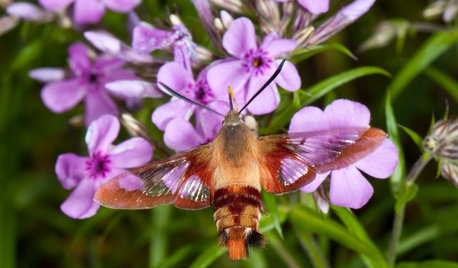Hornworm on Scabiosa "Black Knight"
Okiedawn OK Zone 7
10 years ago
Featured Answer
Comments (11)
susanlynne48
10 years agoOkiedawn OK Zone 7
10 years agoRelated Professionals
Derry Landscape Architects & Landscape Designers · Marco Island Landscape Architects & Landscape Designers · Middle Island Landscape Architects & Landscape Designers · Milford Landscape Contractors · Maywood Landscape Contractors · Pahrump Landscape Contractors · Placerville Landscape Contractors · River Ridge Landscape Contractors · Tustin Landscape Contractors · Waldorf Landscape Contractors · Whittier Landscape Contractors · Champaign Decks, Patios & Outdoor Enclosures · Hull Decks, Patios & Outdoor Enclosures · Saint Louis Park Decks, Patios & Outdoor Enclosures · West Palm Beach Decks, Patios & Outdoor EnclosuresOkiedawn OK Zone 7
10 years agosusanlynne48
10 years agosusanlynne48
10 years agosusanlynne48
10 years agomomofsteelex3
10 years agosusanlynne48
10 years agomomofsteelex3
10 years agoOkiedawn OK Zone 7
10 years ago
Related Stories

GARDENING GUIDESHummingbird or Moth? See Why You Want Clearwings Around
These fascinating moths may be helpful pollinators for your garden. Here’s how to coax them your way
Full StoryMore Discussions







susanlynne48